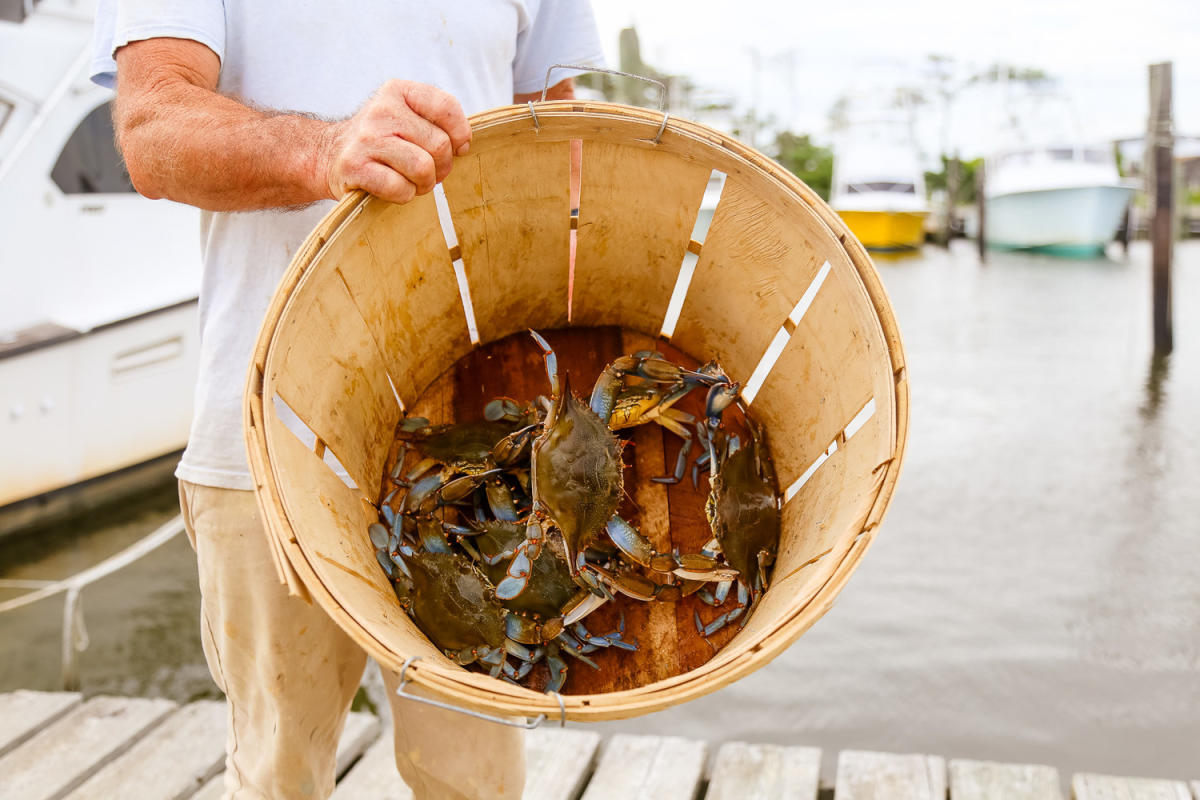

Articles
How To Store Crab After Catching
Modified: August 17, 2024
Learn the best methods for storing crab after catching with these helpful articles. From refrigeration to freezing techniques, ensure your catch stays fresh and delicious.
(Many of the links in this article redirect to a specific reviewed product. Your purchase of these products through affiliate links helps to generate commission for Storables.com, at no extra cost. Learn more)
Introduction
When it comes to enjoying the delectable taste of fresh crab, nothing beats catching it yourself. Whether you’ve spent the day crabbing from a boat or casting traps off a pier, it’s important to know how to properly store your catch to ensure its freshness and flavor.
Proper storage techniques are essential to maintain the texture and taste of the crab, whether you plan to cook it the same day or save it for future meals. In this article, we will explore the best practices for storing crab after you have caught it, from choosing the right container to freezing and thawing techniques. With these tips, you can savor the exquisite flavor of freshly caught crab long after you’ve left the water.
Key Takeaways:
- Properly storing freshly caught crab is crucial for preserving its flavor and quality. From choosing the right container to freezing and thawing techniques, these tips ensure a delightful dining experience.
- Whether storing live crabs, cooked crab, or crab meat, following the right storage techniques helps preserve the delectable taste of crab for longer durations. Choose the right container, keep live crabs cool, freeze effectively, and store crab meat properly to savor its delightful flavor.
Read more: How To Store Fish After Catching
Choosing the Right Container
When it comes to storing freshly caught crab, selecting the right container is crucial. The container you choose should provide adequate space for the crab while also promoting proper airflow. Here are some options to consider:
- Cooler: A cooler with an airtight lid is an excellent choice for short-term storage of live crabs. Make sure the cooler is clean and has been thoroughly rinsed to remove any lingering odors. Place a layer of ice or ice packs at the bottom of the cooler before adding the crabs.
- Bucket: A food-grade plastic bucket with a tight-fitting lid can also be used to store live crabs. Make sure the bucket has drainage holes to prevent the accumulation of water.
- Aquarium or Fish Tank: If you have a spare aquarium or fish tank, it can be repurposed to store live crabs. Ensure there is proper ventilation and cover the tank with a mesh lid to prevent escape.
Regardless of the container you choose, it’s important to keep the crabs moist by placing a damp cloth or seaweed on top of them. This helps maintain their natural moisture levels and helps prevent dehydration.
It’s also worth noting that storing live crabs and storing cooked crab require different containers. For cooked crab, consider using airtight containers or resealable freezer bags to keep the meat fresh and prevent any odor absorption.
Preparing the Crab for Storage
Before storing freshly caught crab, it’s important to properly prepare them to ensure their quality and taste. Follow these steps to effectively prepare the crab for storage:
- Clean the Crab: Rinse the crab thoroughly under cold running water to remove any debris, sand, or excess algae. It’s important to handle the crab carefully to avoid any injuries from its claws.
- Remove Any Dead or Unhealthy Crabs: Inspect the crabs and remove any that are dead, injured, or showing signs of illness. It’s crucial to only store healthy, live crabs for the best flavor and quality.
- Handle with Care: When handling live crabs, it’s essential to hold them from the back, away from their claws. This ensures your safety and prevents unnecessary stress or harm to the crab.
- Discard Any Soft-Shell Crabs: Soft-shell crabs are not suitable for storage and should be cooked immediately or discarded. Their soft shells indicate that they are in the molting process and may not have enough meat to be worth storing.
By taking the time to properly prepare the crab for storage, you can ensure that only the freshest and healthiest specimens are stored, leading to a more enjoyable dining experience.
Storing Freshly Caught Crab
Once you have prepared the crab for storage, it’s time to effectively store them to maintain their freshness. Follow these guidelines to ensure the best results:
- Keep Live Crabs Cool: If you plan to store live crabs for a short period, it’s essential to keep them cool to prevent spoilage. Place them in a cooler or a bucket with drainage holes and store them in a cool, shaded area. Avoid direct sunlight and extreme temperatures.
- Add Moisture: To prevent the crabs from drying out, place a damp cloth or seaweed on top of them. This helps maintain their natural moisture levels, keeping them fresh and flavorful.
- Avoid Submerging in Water: While crabs need moisture, it’s important not to submerge them completely in water. This can cause them to drown or lose flavor. The goal is to keep them moist, not submerged.
- Check on the Crabs Regularly: During storage, it’s important to periodically check on the crabs to ensure their well-being. Look for any signs of stress, injury, or illness and remove any affected crabs immediately to prevent contamination.
It’s important to note that storing live crabs is best for short-term storage. If you plan to store the crabs for an extended period, it’s advisable to freeze them. Freezing can help preserve the quality and flavor of the crab for longer durations.
Remember, storing freshly caught crab is a temporary solution to maintain their quality until you’re ready to cook and enjoy them. With proper storage techniques, you can extend the freshness of the crab and ensure a delightful dining experience.
Freezing Crab
If you want to store crab for an extended period, freezing is an excellent option. Freezing crab helps preserve its freshness and flavor, allowing you to enjoy it at a later time. Here’s how to freeze crab effectively:
- Cook the Crab: Before freezing, it’s best to cook the crab. This can be done by boiling, steaming, or baking the crab until it is fully cooked. Cooking the crab helps maintain the texture and flavor of the meat.
- Remove the Meat: Once the crab is cooked and cooled, carefully remove the meat from the shell. Take your time to ensure you extract as much meat as possible without any shell fragments.
- Portion the Meat: Divide the crab meat into portion sizes that you typically use for recipes. This makes it easier to thaw and use only the amount you need without having to defrost the entire batch.
- Wrap and Seal: Place the crab meat portions in airtight freezer bags or wrap them tightly with plastic wrap. Make sure to remove any excess air to prevent freezer burn.
- Label and Date: Label each package with the contents and the date of freezing. This helps you keep track of how long the crab has been frozen, ensuring you use it within the recommended time frame.
- Place in the Freezer: Arrange the wrapped crab meat packages in a single layer in the freezer, allowing them to freeze quickly. Once frozen solid, you can stack them to save space.
Properly frozen crab can last for several months, but it’s best to consume it within 3-4 months for optimal taste and quality.
It’s worth noting that freezing crab changes its texture slightly. The crab meat may become slightly softer after thawing. However, with proper thawing and cooking techniques, you can still enjoy the delicious flavor of the frozen crab.
After catching crab, store them in a cooler with ice to keep them fresh. Make sure the cooler is well-drained to prevent the crab from sitting in water.
Read more: How To Store Trout After Catching
Proper Thawing Techniques
When it comes to thawing frozen crab, it’s important to follow proper techniques to preserve its flavor and texture. Here are some guidelines for thawing crab effectively:
- Refrigerator Thawing: The best method for thawing crab is to do it slowly in the refrigerator. Transfer the frozen crab from the freezer to the refrigerator and allow it to thaw overnight. This gradual thawing process helps prevent any loss of flavor or texture.
- Cold Water Thawing: If you’re short on time, you can use the cold water thawing method. Place the frozen crab in a leak-proof plastic bag and submerge it in cold water. Change the water every 30 minutes to ensure it stays cold. It’s important to note that this method may result in slight loss of flavor compared to refrigerator thawing.
- Avoid Room Temperature Thawing: Thawing crab at room temperature is not recommended, as it can lead to uneven thawing and potential bacterial growth. It’s important to keep the crab at a safe temperature throughout the thawing process.
- Thaw Completely Before Cooking: Ensure the crab is completely thawed before cooking it. This allows for even cooking and prevents any cold or frozen spots in the meat.
Once the crab is thawed, it’s best to use it immediately. However, if you need to store it again, refrigerate it and consume it within 24 hours to maintain its quality.
By following these thawing techniques, you can ensure that your crab retains its delicious flavor and texture, allowing you to enjoy a satisfying meal.
Storing Crab Meat
If you have leftover crab meat or want to store it for future use, it’s essential to handle and store it properly to maintain its freshness. Here are some tips for storing crab meat:
- Refrigerate Immediately: After cooking or thawing crab meat, place it in an airtight container or resealable bag. Refrigerate it immediately to prevent bacterial growth and maintain its quality.
- Use within 2-3 Days: Freshly cooked or thawed crab meat should be consumed within 2-3 days for optimal taste and quality. It’s recommended to use it as soon as possible to enjoy its freshness.
- Store in the Coldest Part of the Fridge: Place the crab meat in the coldest part of your refrigerator, usually the back or bottom shelf. This helps maintain a consistently cold temperature, preventing spoilage.
- Avoid Overcrowding: Do not overcrowd the refrigerator or place heavy items on top of the crab meat container. This can cause pressure on the meat, reducing its quality.
It’s important to note that crab meat exposed to air can dry out quickly, so it’s crucial to keep it tightly sealed to maintain its moisture. For added protection, consider placing the container or bag in another airtight bag or wrapping it with aluminum foil.
If you have leftover cooked crab meat that you won’t be able to use within a few days, it’s best to freeze it. Follow the same procedures mentioned earlier for freezing crab, ensuring you divide the crab meat into portion sizes for convenience.
By following these storage guidelines, you can prolong the shelf life of the crab meat and savor its delightful flavor in various recipes.
Storing Crab Shells and Leftovers
When it comes to storing crab shells and leftovers, it’s important to handle them properly to prevent odors and to make the most of their potential uses. Here’s how to store crab shells and leftovers:
- Discard Soft-Shell Crabs: Soft-shell crab shells are not suitable for storage as they have a limited shelf life and tend to deteriorate quickly. It’s best to discard them or use them for composting.
- Remove Excess Meat: Before storing crab shells, make sure to remove any remaining meat. This can be done by carefully picking out the meat or rinsing the shells under cold water. Removing excess meat helps prevent odor and potential bacterial growth.
- Refrigerate or Freeze: If you plan to use the crab shells in stocks or broths within a few days, you can refrigerate them in an airtight container to prevent odor transfer. If you won’t be using them soon, it’s best to freeze the shells to extend their usability. Place them in a sealed freezer bag or container, removing any excess air.
- Label and Date: It’s important to label the containers or bags with the contents and the date of storage. This helps you keep track of how long the shells have been stored and ensures you use them within a reasonable timeframe.
- Store Leftover Crab Meat Separately: If you have leftover crab meat that won’t be used immediately, store it separately from the shells. Place the remaining crab meat in an airtight container and refrigerate or freeze it, depending on your usage timeline.
Whether you want to make crab stock, seafood broth, or any other recipe that requires the robust flavor of crab shells, proper storage ensures that you have high-quality ingredients readily available.
By following these storage techniques, you can effectively store crab shells and leftovers, maximizing their potential uses and preventing any unwanted odor or spoilage.
Long-Term Crab Storage Tips
If you are looking to store crab for an extended period, whether it’s live crabs, cooked crab, or crab meat, here are some tips to help you achieve long-term storage:
- Live Crab: If you plan to store live crabs for an extended period, it’s best to keep them in a cool, moist environment. Consider creating a makeshift crab habitat by placing them in a well-ventilated container or tank with damp seaweed or a moist cloth. Ensure the crabs have enough space to move around and access to fresh air.
- Cooked Crab: Cooked crab can be stored for a longer duration than live crabs. After cooking, remove the meat from the shell and store it in an airtight container or freezer bag. Properly sealed containers prevent freezer burn and help maintain the quality of the meat.
- Crab Meat: Crab meat can also be stored for an extended period. Divide the crab meat into individual portion sizes and place them in airtight containers or freezer bags. Label and date them accordingly, and store them in the freezer for long-term storage.
- Freezing: Freezing is the most effective method for long-term crab storage. Whether it’s live crabs, cooked crab, or crab meat, freezing helps preserve the quality and flavor for several months. Ensure that the crab is properly wrapped or stored in airtight containers to prevent freezer burn.
- Consistent Temperature: Regardless of the storage method, it’s crucial to maintain a consistent and cold temperature throughout the storage duration. Keep live crabs in a cool environment, store cooked crab and crab meat in the coldest part of the refrigerator, and ensure the freezer is set to the appropriate temperature for freezing.
- Check for Signs of Spoilage: During long-term storage, periodically check for any signs of spoilage or freezer burn. If you notice any off-putting odor, discoloration, or unusual texture, it’s best to discard the crab to avoid any potential health risks.
Remember to always practice proper food safety measures and follow the guidelines for safe storage and consumption of seafood products. By following these long-term storage tips, you can enjoy the mouthwatering taste of crab long after it has been caught or cooked.
Read more: How To Store Crab After Cooking
Conclusion
Properly storing freshly caught crab is essential to preserve its flavor, texture, and overall quality. Whether you have live crabs, cooked crab, or crab meat, following the right storage techniques can help you enjoy the delectable taste of crab for longer durations.
Choosing the right container, such as a cooler or bucket, ensures that live crabs are kept cool and moist. Preparing the crab by cleaning it and removing any unhealthy or soft-shell crabs is crucial for maintaining freshness.
For short-term storage, keeping live crabs cool and moist, and checking on them regularly, is important. If you plan to store the crab for an extended period, freezing is an excellent option. Freezing cooked crab or crab meat helps preserve the flavor and texture, with proper thawing techniques ensuring the best results.
When storing crab meat, refrigerating it immediately and consuming it within a few days is recommended. If you have leftovers, proper storage prevents odors and spoilage. Storing crab shells and leftovers separately, refrigerating or freezing them, ensures their usability for making stocks, broths, and other dishes.
For long-term storage, keeping live crabs in a cool and moist environment, freezing cooked crab or crab meat in airtight containers, and maintaining a consistent temperature are vital. Check for signs of spoilage periodically to ensure the crab remains safe to consume.
By following these storage guidelines, you can prolong the freshness and savor the exquisite taste of freshly caught crab. Whether you plan to enjoy it immediately or save it for the future, proper storage techniques ensure that your crab retains its quality and brings joy to your dining table.
Frequently Asked Questions about How To Store Crab After Catching
Was this page helpful?
At Storables.com, we guarantee accurate and reliable information. Our content, validated by Expert Board Contributors, is crafted following stringent Editorial Policies. We're committed to providing you with well-researched, expert-backed insights for all your informational needs.

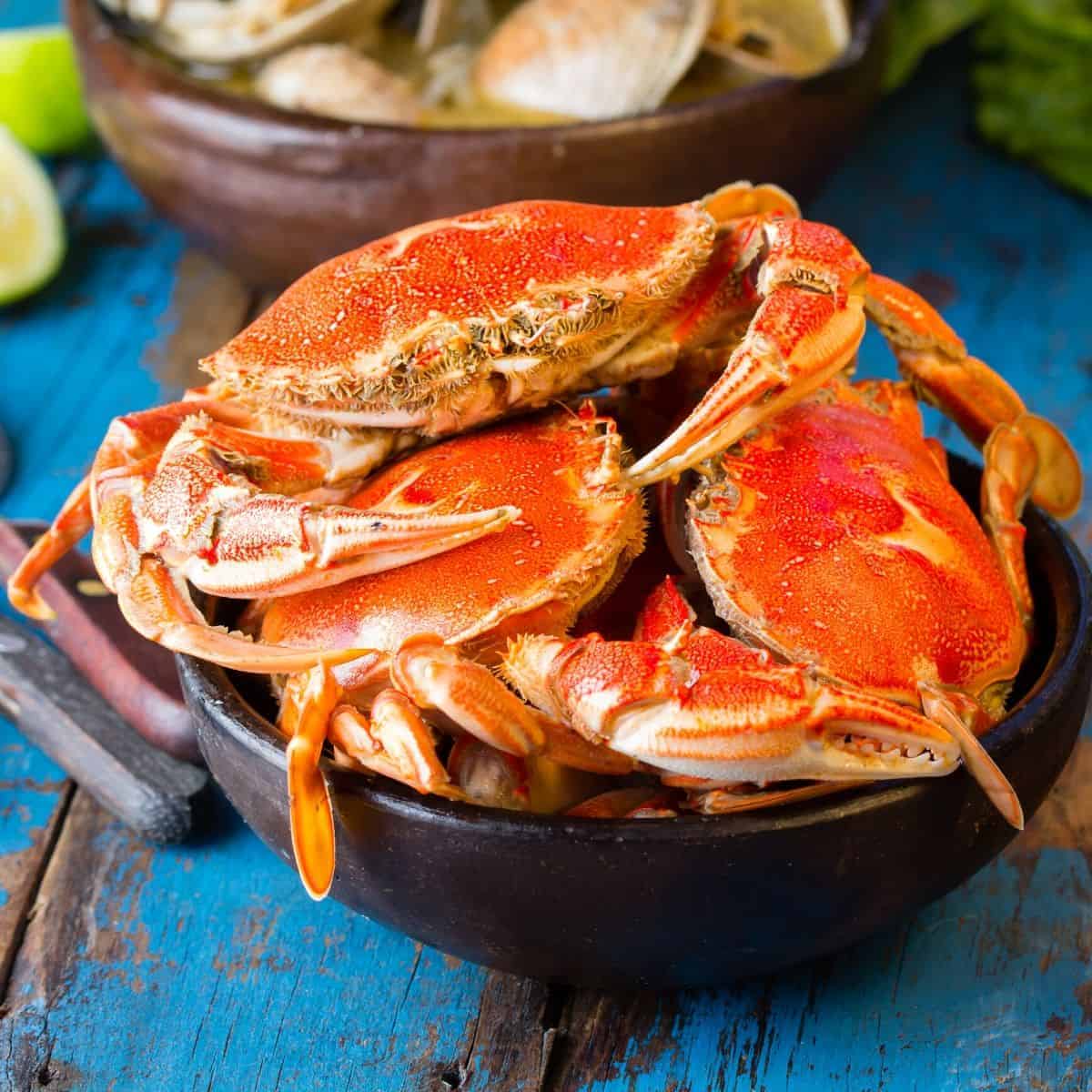
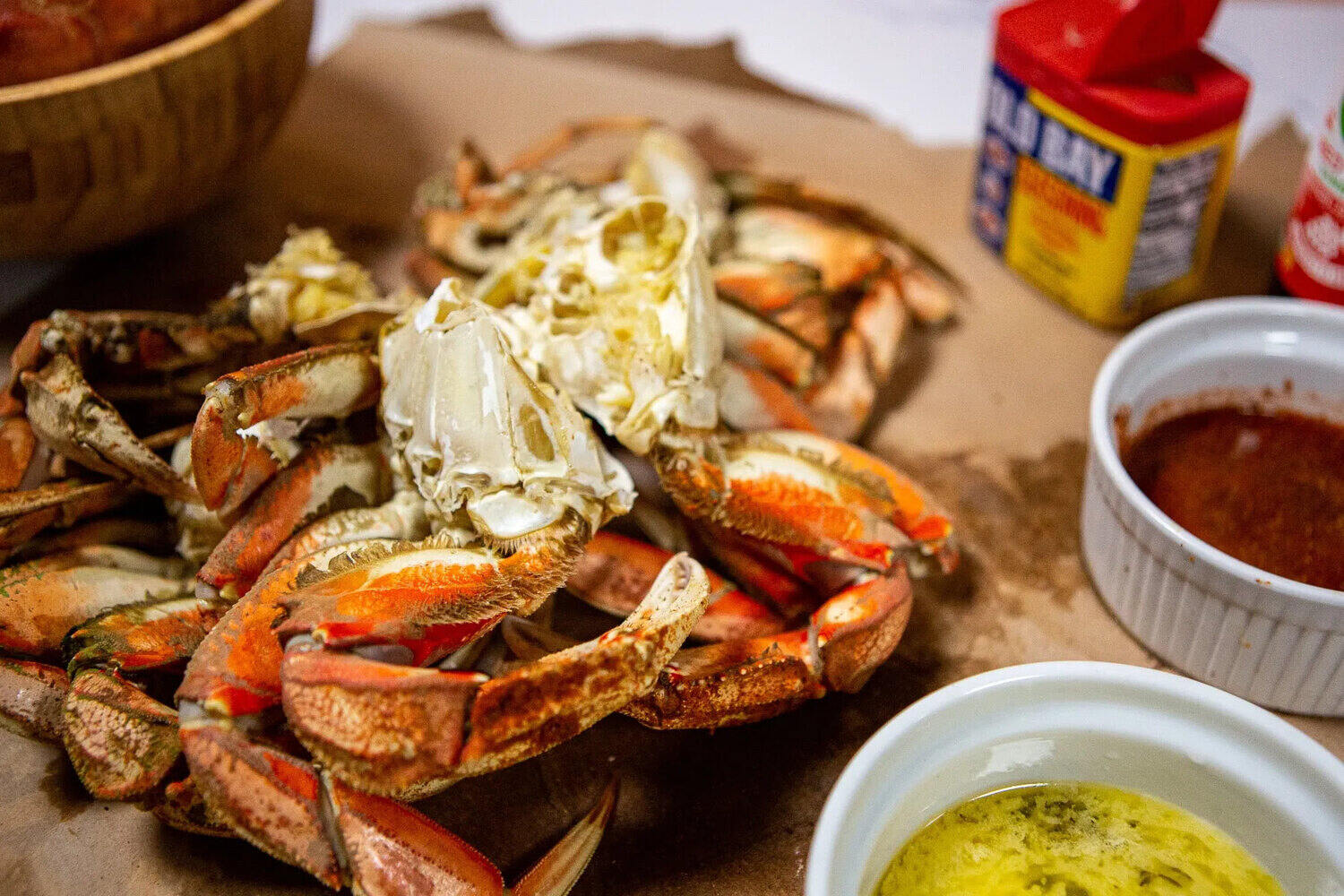

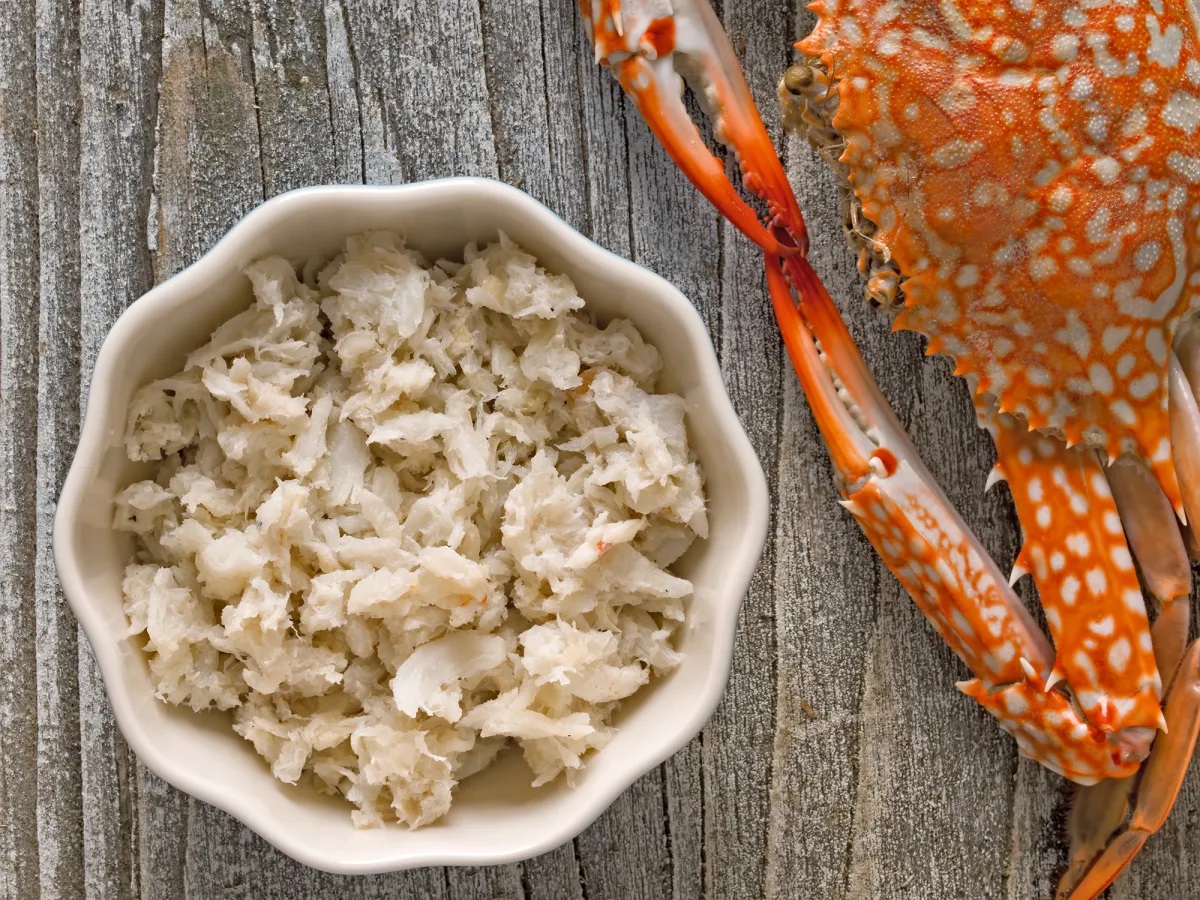
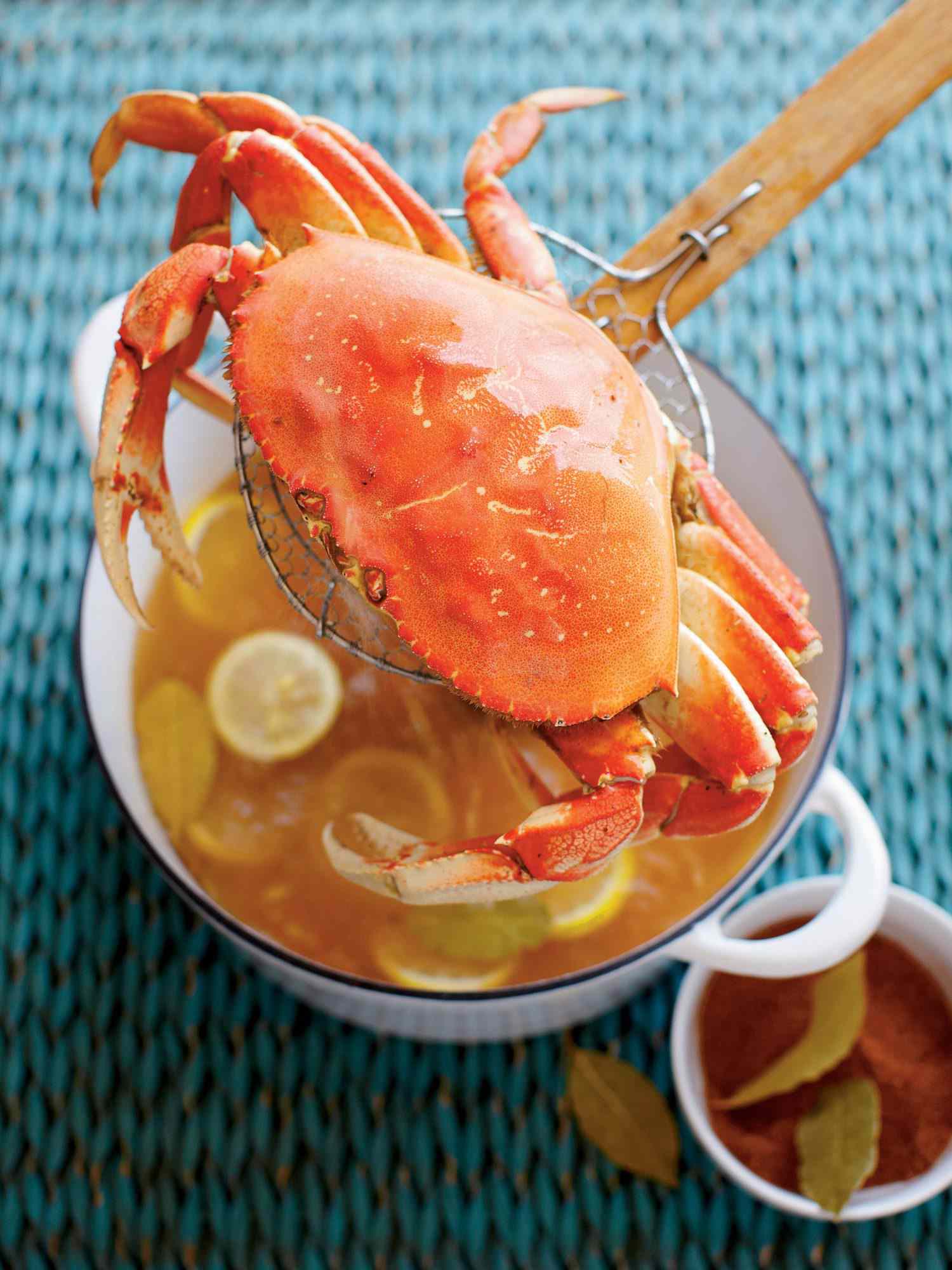
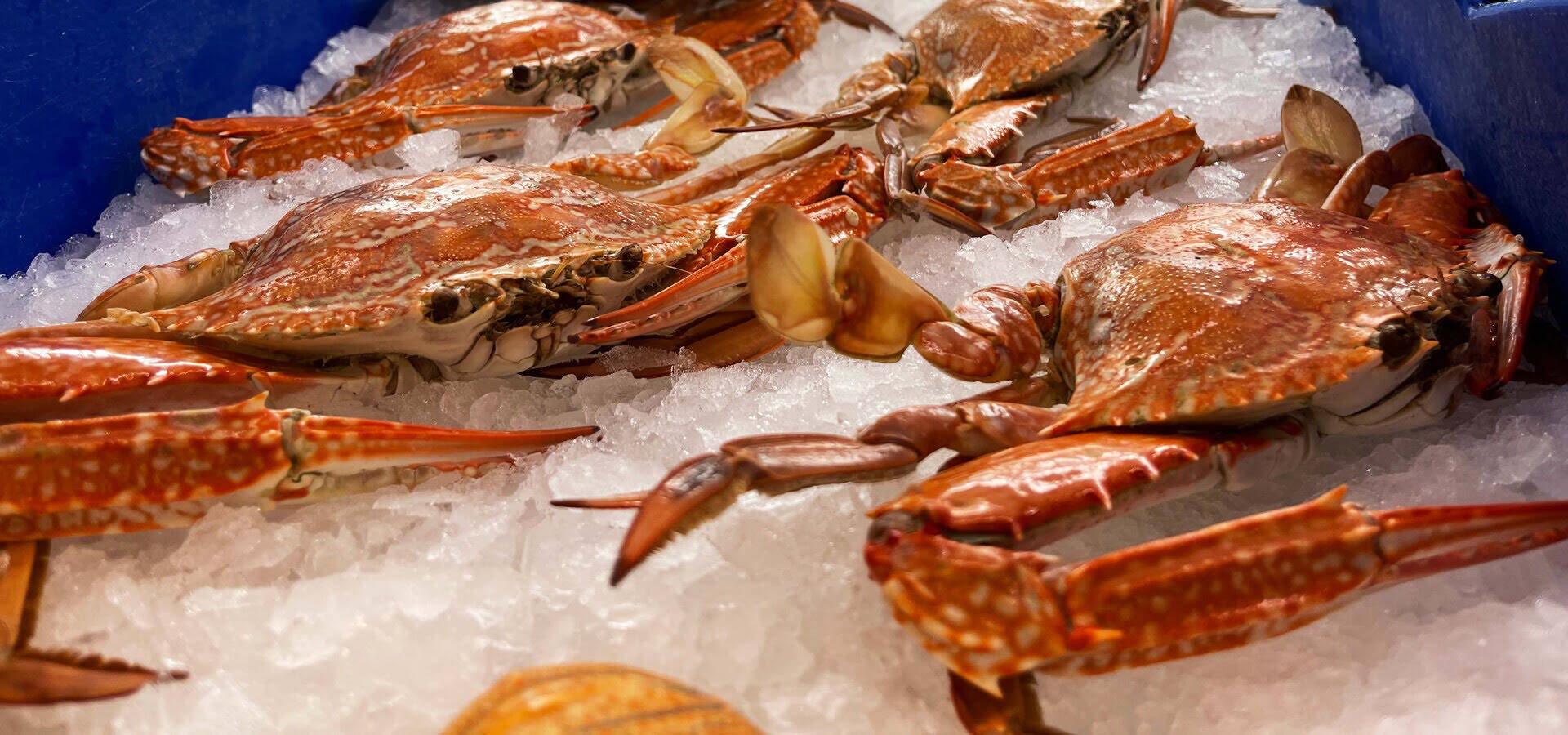
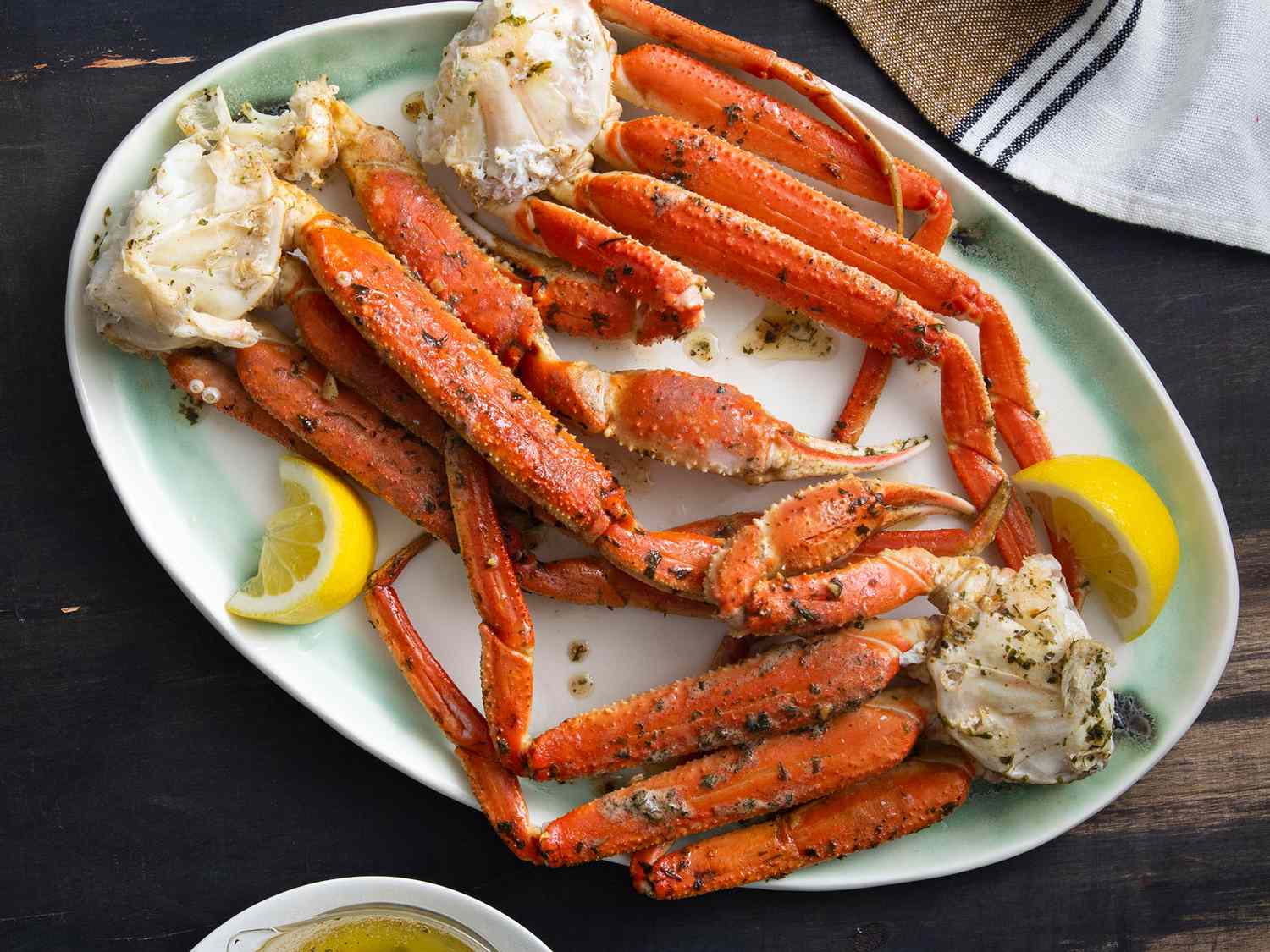
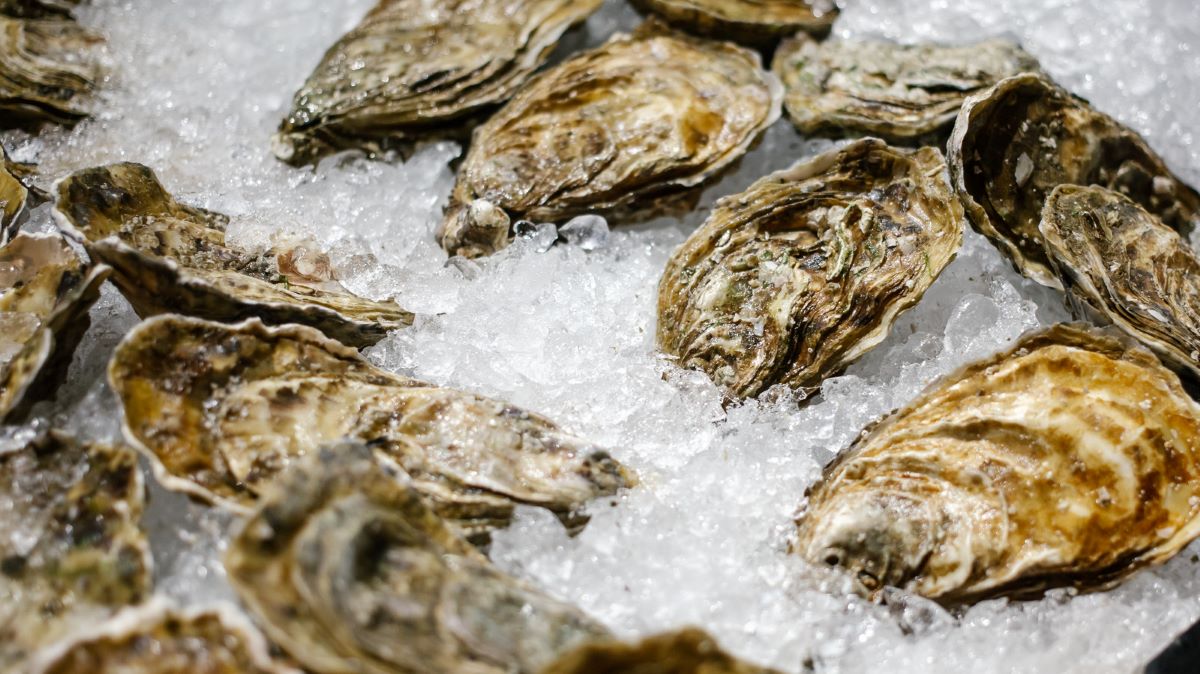
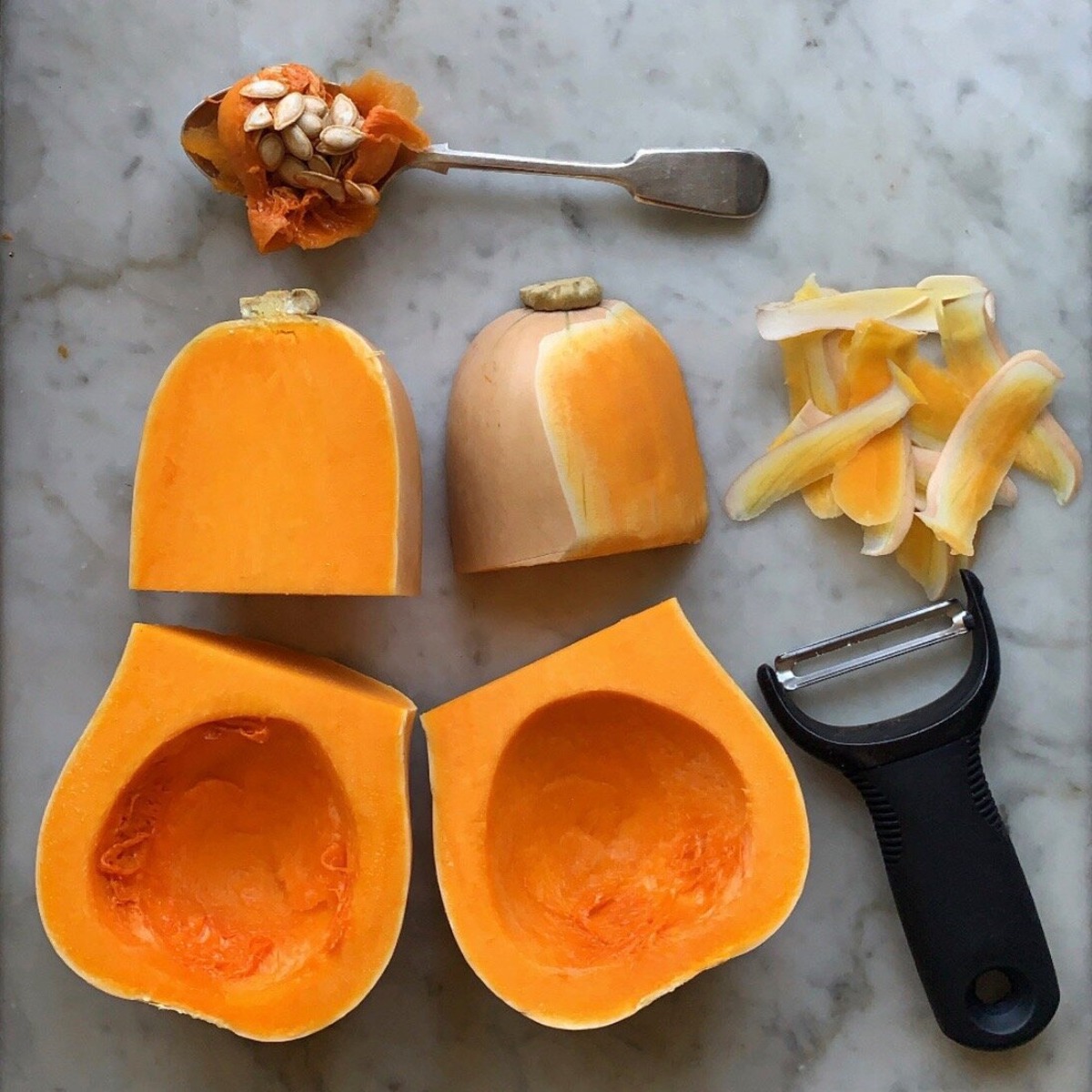
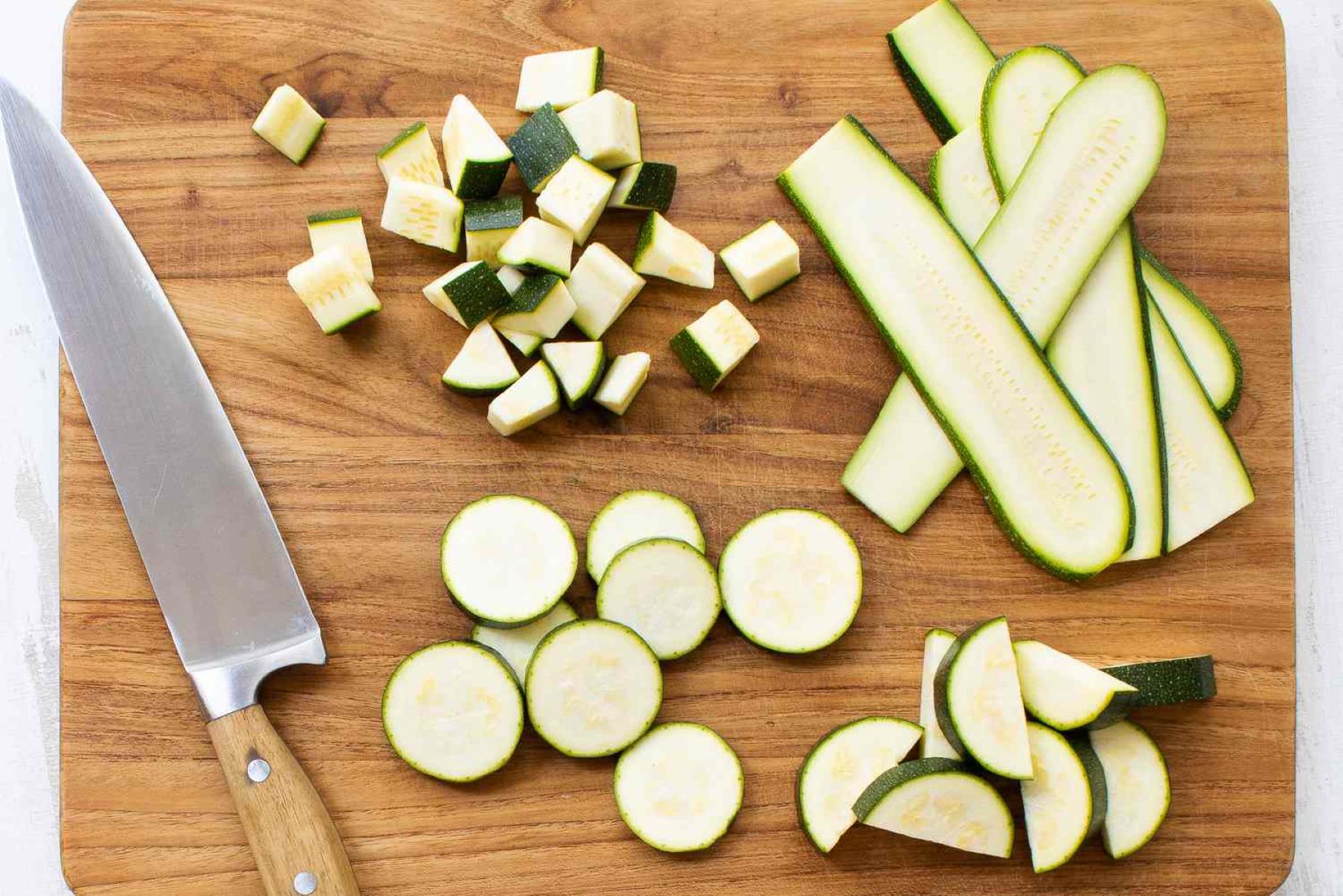
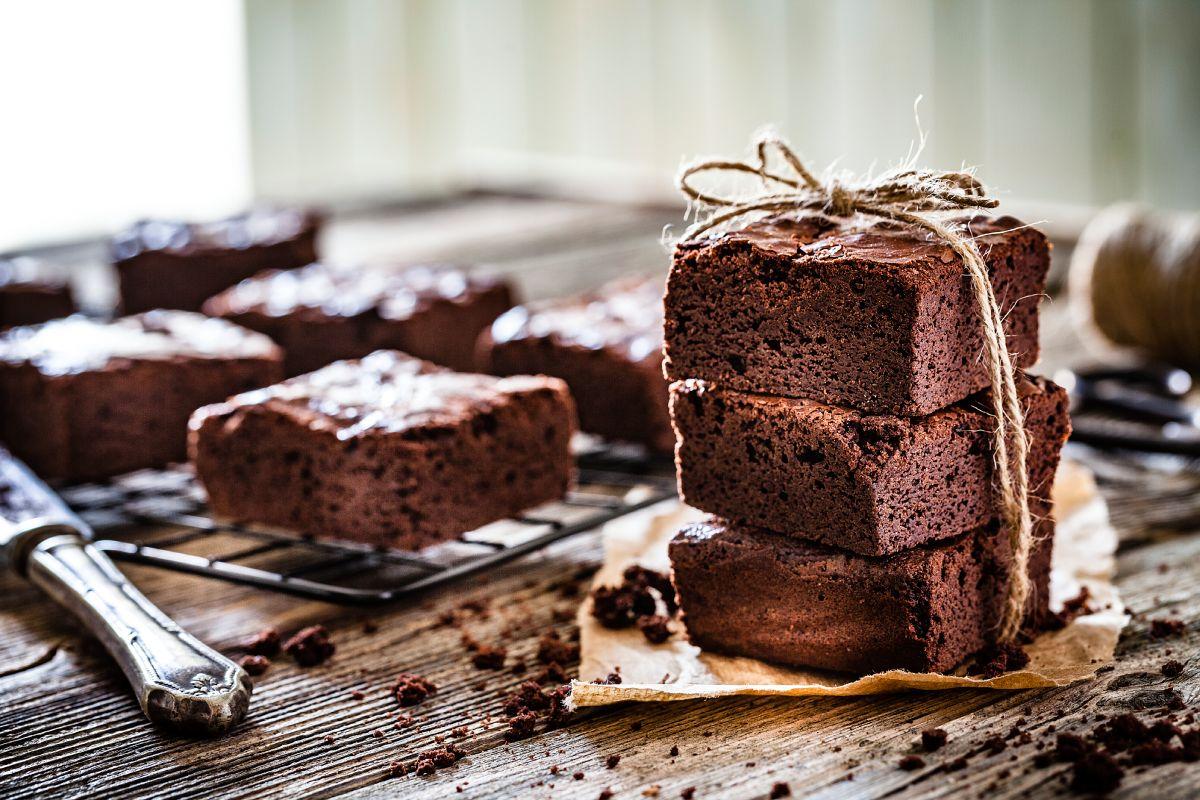
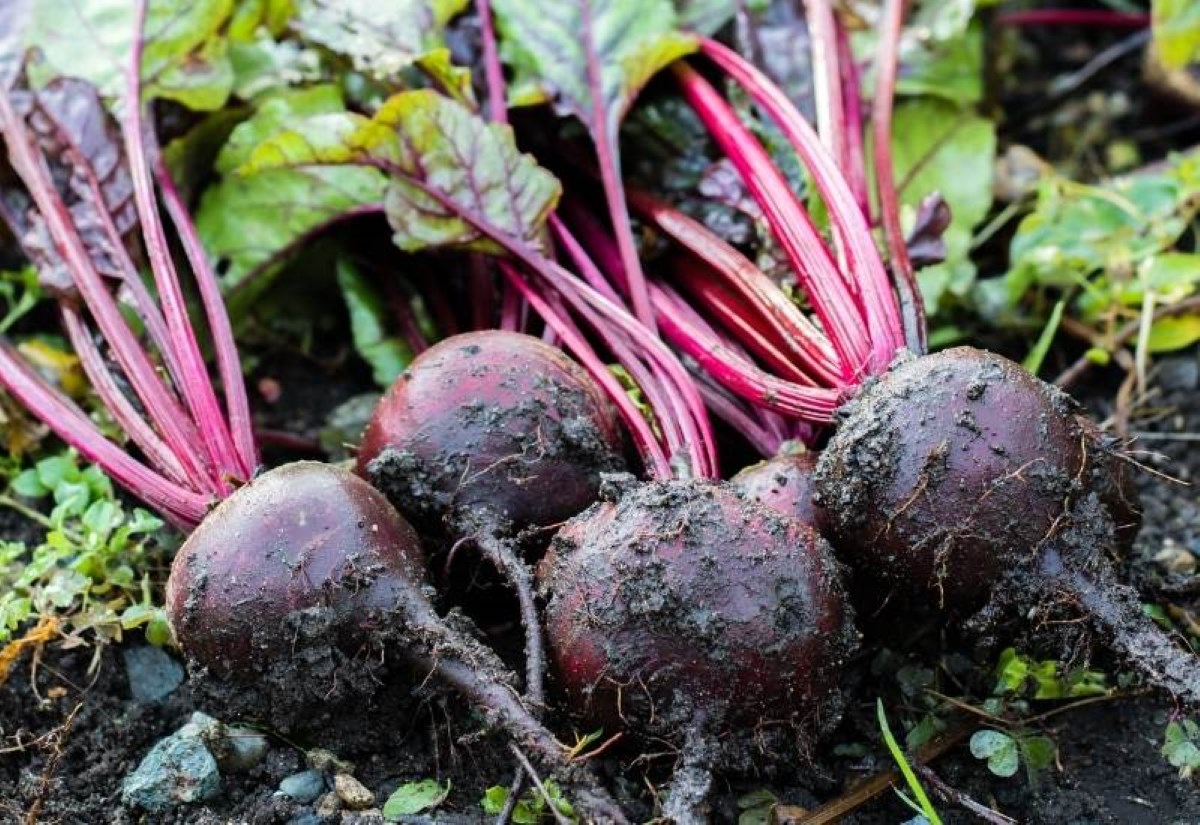

0 thoughts on “How To Store Crab After Catching”